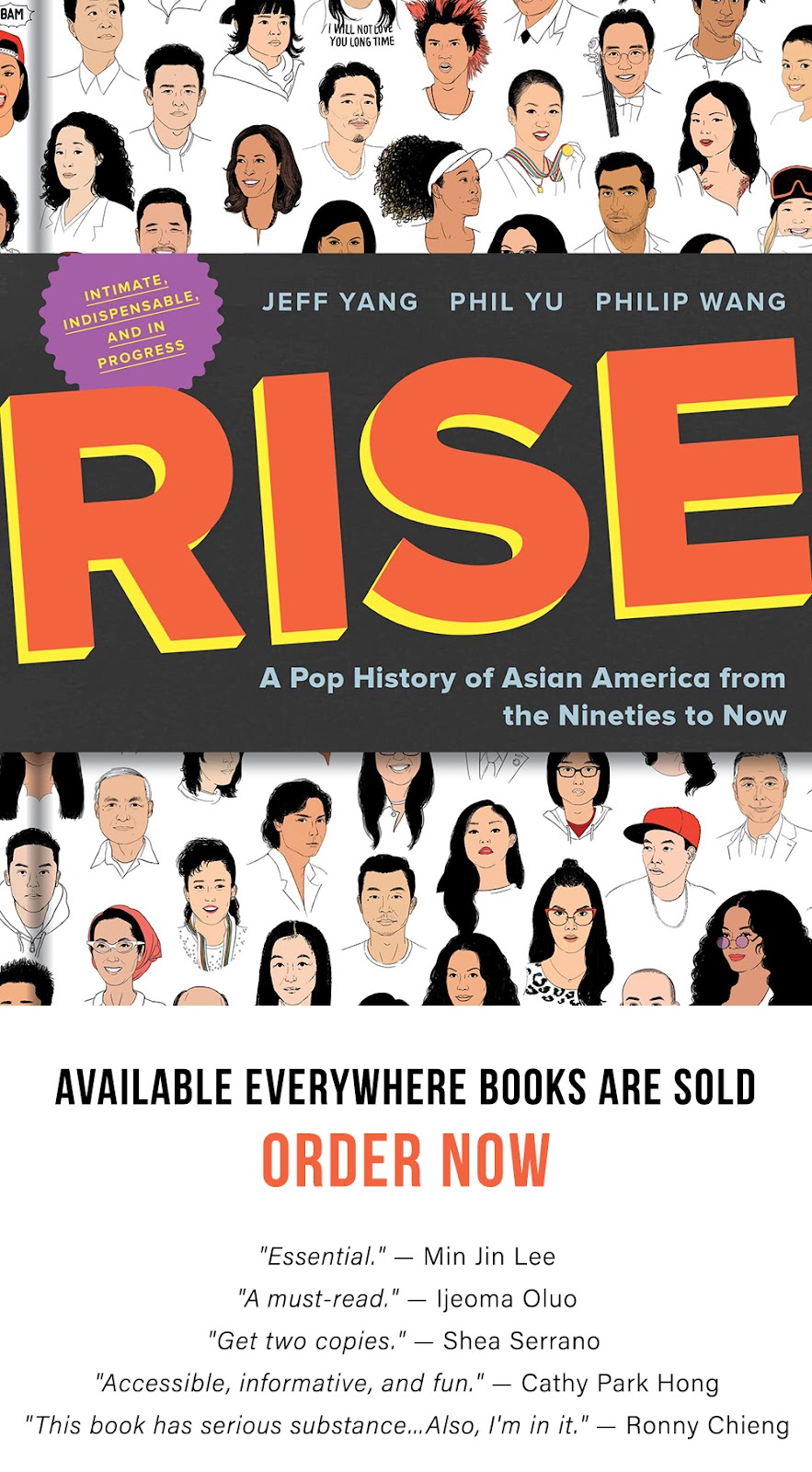Our friend OiYan Poon weighs in on the latest round of media hype surrounding Asian Americans and college admissions. This post was originally published over at Hyphen.
'Tis the season again: of holiday parties, excessive consumerism... and media hype over whether elite colleges and universities discriminate against Asian Americans in their undergraduate admissions process. This annual tradition may have begun in 2006 with Jian Li's well-publicized lawsuit against Princeton. Li, who was a student at Yale and later transferred to Harvard, alleged that Princeton exhibited an anti-Asian admissions bias, in rejecting him despite his high test scores and GPA.
Almost a year ago, the media exploded with debates over the Tiger Mom's memoir on extreme parenting. Among Amy Chua's spurious arguments was the suggestion that her brand of childrearing helped explain why Asian Americans are highly represented, if not overrepresented, amongst undergraduates at Ivy League schools and similarly selective institutions.
Now, in the early winter of 2011, comes the latest hackneyed news story about how some mixed-race (hapa) Asian American applicants with non-Asian surnames are avoiding identification with their Asian heritages as a precaution against possible anti-Asian bias at top schools.
Over the last 5 years of this mainstream media-driven discussion, we have learned two things:
1. Clearly, the issue taps deep into a set of political, legal and cultural concerns and not surprisingly, the debate is often driven by “gut,” emotional instincts rather than empirical evidence. For example, the belief that Asian Americans are being actively excluded from top schools usually assumes that such policies are the product of either a) anti-Asian bias or b) an attempt to maintain student diversity via affirmative action policies. Accusations of the former are hard to take seriously, given that we are often the biggest or second biggest racial group on most elite campuses even though we are one of the smaller racial groups in America. For example, Asians constitute 5% of the American population but they are 13% of Princeton's undergraduate body, 16% of Harvard's and 22% of Stanford's. In California, where Asians constitute 13% of the state population, Asian American students make up 42% of UC Berkeley's undergraduate student body, constituting the largest racial group on campus. If there is anti-Asian bias at work on any of these campuses, it's not being applied very competently.For the past three months I have been in New Orleans, supporting the youth leaders and organizers at the Vietnamese American Young Leaders Association (VAYLA). It's striking to me that while social media is blowing up with questions of anti-Asian bias faced by the Asian American 1%, the debate is rather irrelevant to the community with which I work. Not one VAYLA youth member or staff member has had a conversation, even in passing, about the latest anti-Asian admissions policy uproar.
2. This debate distracts and draws energy away from the struggles for education mobility faced by the Asian American 99%. Overwhelming attention is focused on whether or not the Ivies, where Asian Americans represent between 13% and 30% of undergraduate enrollments, are capping their Asian American admissions numbers. Yet according to Robert Teranishi's book Asians in the Ivory Tower, less than 1% of Asian American college students are enrolled in these elite institutions.
While so many people wring their hands and beat their war drums to make the Ivies accept more Asian Americans from the pool of highly qualified applicants, the youth at VAYLA are fighting for basic educational resources. Like textbooks.
In my collaborative research study with VAYLA youth leaders, published in the report Six Public High Schools, Six Years after the Storm and documented in this video, the Raise Your Hand Campaign (RYHC) research team found troubling inequalities from their survey of 450 high school students (nearly 200 were Asian American). Some of the findings include:
- Over 70% don't have textbooks to take home from school or use in class.
- For that and other reasons, 20% of students are never assigned homework.
- The majority of students not in AP classes were discouraged from taking AP classes because there wasn't enough space for them.
- About 70% of Asian American students feel they were misplaced in ESL classes.
- High student-to-counselor ratios prevent students from meeting with counselors.
- More books
- Access to quality counseling, and
- Adequate homework support and tutoring services.
OiYan Poon is a visiting researcher at the UCLA Asian American Studies Center. She has been conducting an ethnographic study in New Orleans since September, and has been serving as an adult supporter and mentor to the Raise Your Hand Campaign at VAYLA. She earned her PhD in education with a graduate certificate in Asian American studies at UCLA.
